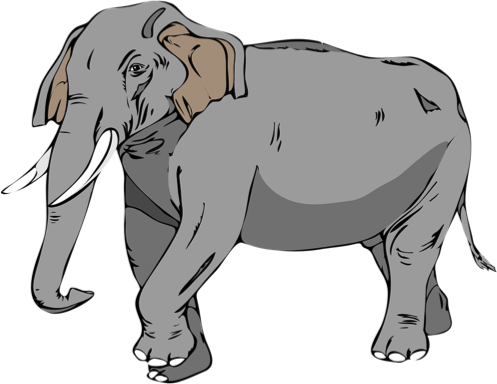The photos that fooled Sherlock’s creator
In 1917 a collection of photographs were published that caused a sensation.
They were taken by two young cousins who lived in Cottingley, near Bradford in England.
Elsie Wright, aged 16, and her cousin Frances Griffiths, aged 10, took a number of images next to a stream at the bottom of a garden.
In the foreground, captured clearly on camera, were a group of fairies.
They looked lifelike and appeared to be casually flying past the camera lens.
It was a mesmerising sight.
All the more so because fairies, understandably, weren’t thought to exist.
The famous writer and creator of Sherlock Holmes, Sir Arthur Conan Doyle, was captivated by the images.
An expert in ‘sniffing’ out the truth he could not resist learning more about them.
He consulted with the top experts in the field of photography. He even took them to be examined by Kodak.
They all confirmed that the photos hadn’t been tampered with.
They were real.
Many years later, one of the cousins revealed that the photos were real but the fairies had been faked.
Elsie had constructed the fairies from paper cutouts that she’d traced from a children’s book.
How had Sir Arthur Conan Doyle fallen victim to this simple hoax?
It is a classic case of ‘confirmation bias.’
Sir Arthur wanted the photos to be real (despite the rational part of him knowing that they couldn’t possibly be) and so looked for information that confirmed his belief and didn’t consider any alternatives.
He was too busy focusing on the possible forgery of the photographic process that he didn’t think to examine the fairies themselves more closely.
Had he done so he would have realised that they were elaborate fakes fixed to the surrounding greenery with hat pins.
This true story goes to show how easily even experts fall victim to biases of thinking.
We, therefore, should not be too surprised when we do so ourselves.
To learn how to be a better problem solver and avoid the common mistakes check out our course 'Think Like Sherlock: How to solve problems like a Scotland Yard detective.'






